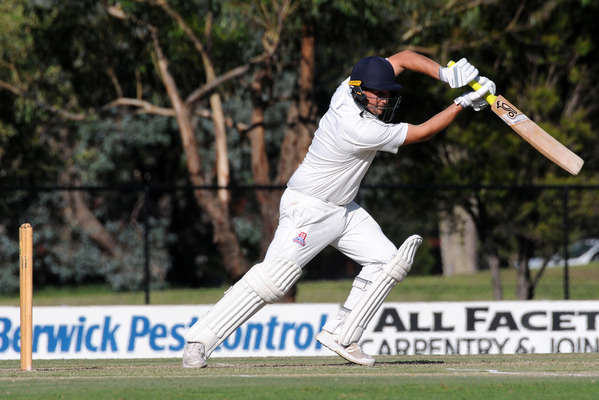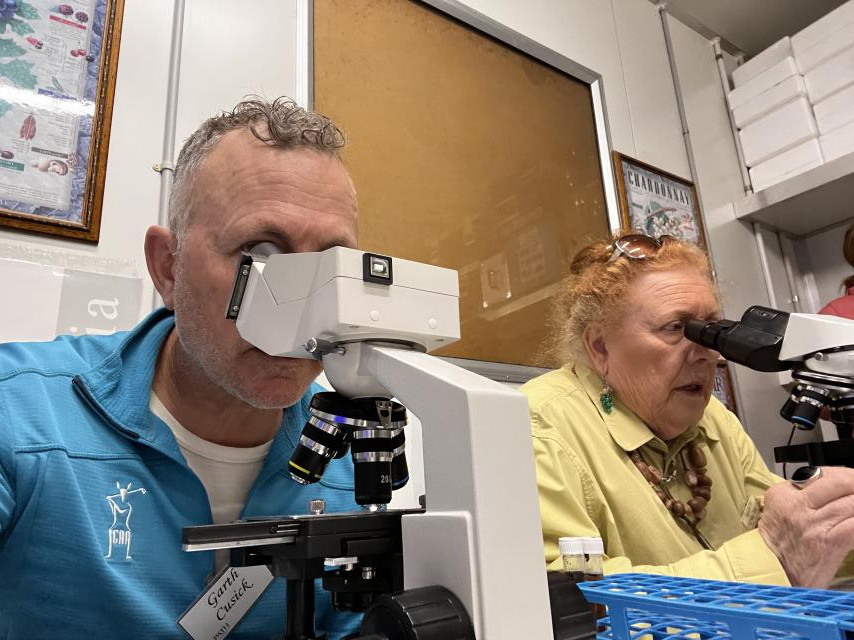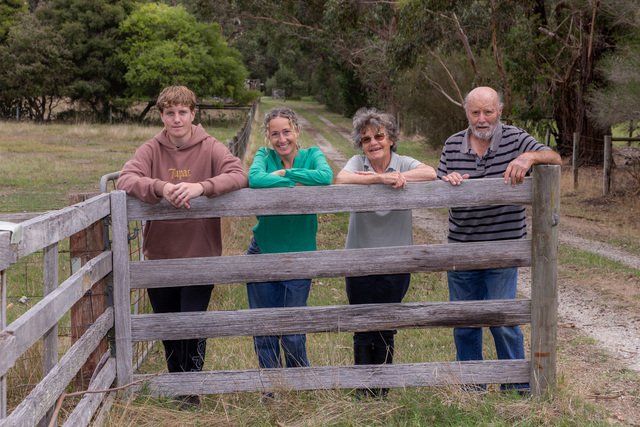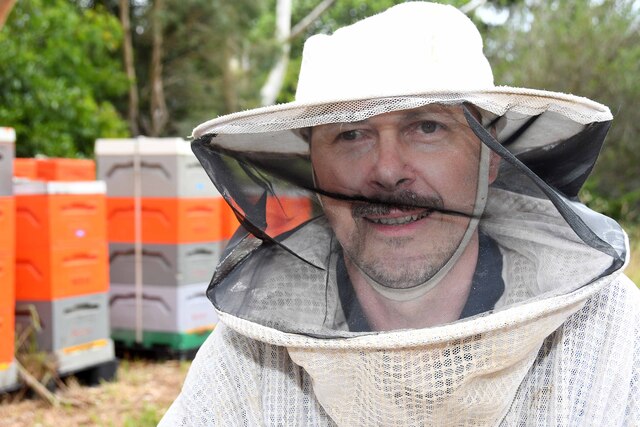Cricket Victoria (CV) has released its much-anticipated roadmap back to community cricket this season, with metropolitan clubs and associations beginning preparations for 2020/21 in a Covid-safe way from mid-November.
With metropolitan Melbourne moving into Step 2 of the Victorian Government’s roadmap, with regional Victoria currently at Step 3, CV has produced its own roadmap in line with government restrictions in its latest Return to Train and Play document.
In metropolitan Melbourne, with local associations the Dandenong District Cricket Association (DDCA), the Victorian Premier Cricket competition, and the Victorian Sub-District Cricket Association (VSDCA), restrictions are currently limited, but some more freedom has come to clubs and players in terms of training.
With the next step from the Victorian Government expected to come on 19 October, metropolitan cricketers are now able to meet outdoors for exercise with up to five people from two households, which crucially includes cricket ovals and nets.
In the CV document, turf wicket preparation is now able to begin, though all indoor facilities remain closed and school ovals remain closed, while the metropolitan and regional border restrictions remain in place.
But, come 20 October onwards, if the state daily average cases is five over a 14-day period and less than five unknown sources, the roadmap signals an official return to training and play, with CV listing 14 November as a potential start date for metropolitan cricket.
From 20 October, outdoor training will resume, but with a limit of 10 players, plus a coach in two groups permitted on an oval and one group in the training nets.
Previously, CV announced that spectators would be banned from community cricket this season, however this has been lifted and there will be a maximum groups of 10 allowed, with proper social distancing, face masks and attendance registers a requirement.
Communal change rooms, canteen, showers and toilets are permitted to open from this date, but substantial cleaning is required and is subject to density limits.
School ovals are expected to remain closed, even as cricket kicks off, indoor facilities will remain closed, while equipment sharing has been permitted.
If Victoria then proceeds to step four in mid to late-November, all changes from the previous step will remain in place except that group size limits for outdoor training will lift to 50 and spectator limits will increase to 50, while school ovals and indoor facilities are likely to get the green light to open.
This will only be triggered if Victoria records no new cases for 14 days.
For ‘Covid normal’, which will be triggered when there are no cases in the state for 28 days and no active cases, it is expected there will be no caps on group sizes for training or spectators, but there is no timeline at this stage over when this step will be taken.
CV has also reminded clubs and association to adhere to Covid-safe principles throughout each step, which includes face masks when off the field for everyone over 12 years of age, physical distancing of 1.5 metres, regular hand hygiene, and not attending training or matches if sick with Covid-19 or any other illnesses.
“Everybody involved in cricket wants to see cricket returned to ‘normality’ as soon as possible, but we need to play our part in complying with the State Government directions,” CV said in its document.
“(This includes) group sizes for training, wearing a face covering, hygiene protocols.
“As the nation’s summer sport, we want people to be healthy, active and for communities to connect.
“Cricket will progress through the steps on the roadmap as the State Government informs the public of the change to restriction levels.”







